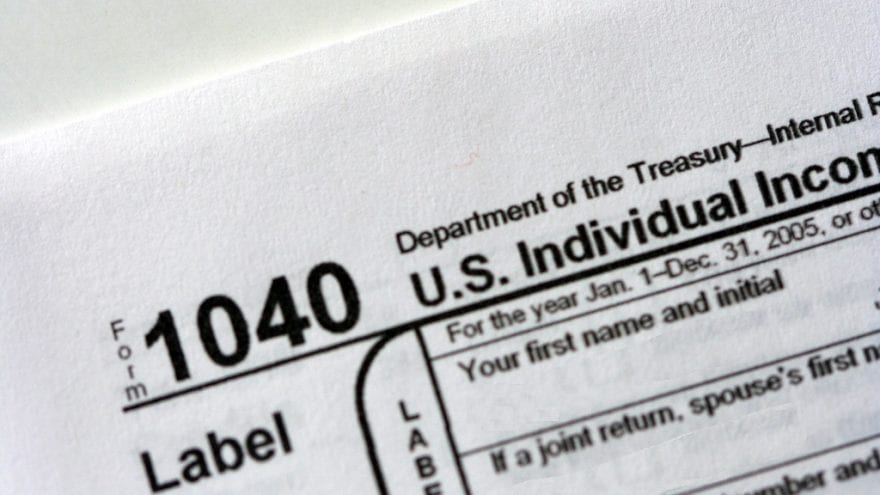IRA-Related IRS Tax Forms: Appendix

This is not a complete list of IRS tax forms related to IRAs. The list below contains just the most common IRS Tax Forms that I mention in my IRA Quick Reference Guide series of articles.
The following are brief descriptions of each individual forms purpose, as well as how and where to use these forms in relation to your IRA:
- Form 1040 and 1040A: U.S. Individual Income Tax return forms that must be filed each year with the IRS when the individual or household has taxable income that exceeds their deductions.
- Form 1040X: Amendment to a previously filed tax return.
- Form 5498: Report that an IRA Custodian mails each year to the IRA Owner and to the IRS, which shows how much the IRA owner contributed for that year to all his or her IRAs with that IRA custodian. An IRA owner will receive a 5498 form from each IRA custodian where the IRA owner has IRAs.
- Form 8606: An IRA owner completes and files this form when any of the following occurs:
- An after tax (non-deductable) contribution is made to one’s Traditional IRA (TIRA)
- A withdrawal is made from one’s TIRA with basis or Roth IRA (RIRA)
- One converts some or all their TIRA/SIRA/SIMPLE IRA to a Roth IRA
- Form W2: Wage and Earnings statement for a given calendar year that your employer mails to the IRA owner and the IRS each year by Jan. 31. The form shows your earnings for the year (in box 1) that is eligible to be contributed to an IRA, Social Security and Medicare tax payments (FICA), Federal and State Tax withholdings and whether the IRA owner is a participant in the employer’s retirement plan.
- Form 1099-R: A statement that a retirement plan or an IRA custodian sends to the IRA owner and the IRS each year by Jan. 31 of the next year, showing how much has been distributed to you from a retirement, pension plan or an IRA.
- Form 5329: Must be filed if one is subject to the 10% early withdrawal penalty from their IRA or makes an excess IRA contribution that is not withdrawn and so is subject to an excise tax.
- Schedule C or C-EZ: Tax filing that shows net profit from self employment.
- Schedule F: Tax filing that shows net profit for farmers.
- Schedule K-1: Form that General Partners or Limited Partners of a Partnership receive that shows each partner’s portion of the partnerships profits and total distributions paid to them during the year.
- Schedule A: The form for itemized deductions, such as medical, casualty loss, mortgage interest, taxes paid and miscellaneous itemized deductions. Deductible TIRA contributions are not taken as a deduction on Schedule A, but are taken as a deduction on the front of form 1040 or 1040A, sometimes referred to as ‘Above the Line’ deductions.

Bruce Miller is a certified financial planner (CFP) who also is the author of Retirement Investing for INCOME ONLY: How to invest for reliable income in Retirement ONLY from Dividends and IRA Quick Reference Guide.




